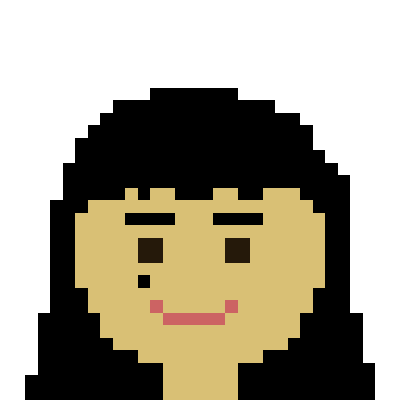
“Edge Cases” is a new series from The Believer featuring short interviews with artists who work with technology.
Our first subject is Nicole He, a Brooklyn-based artist and programmer. I originally came across Nicole’s work in 2015 while she was a student at NYU’s Interactive Telecommunication Program, and was blown away by her creativity and thoughtfulness. Her art and video games expertly dive into our relationships with the machines that have become so prominent in our lives.
—Maxwell Neely-Cohen
THE BELIEVER: How would you describe what you do to a kindergarten class?
NICOLE HE: I would say I make art and games with computers. Maybe it’s not a good answer because almost everything is made with computers.
BLVR: It’s a good answer. The first work of yours I think I remember seeing was the True Love Tinder Robot, which read how sweaty a user’s palms got when being shown tinder profiles, and swiped accordingly. How did that project come about?
NH: I did it at the end of my first semester at ITP. I was learning how to code, and it’s funny that years later in retrospect I see a through-line in my own work from that one project.
I was interested in exploring the idea of control in relationships between humans and computers. By putting your sweaty palms on the tinder robot you lose a sense of control over that experience. It’s like this being that exerts control over us and we exert control over it, but in a way that feels complicated. It feels like more than a tool, like it has some kind of agency over us, but we allow it to because we trust that it’s smarter than us.
It feels sort of creepy to have biometric input feed a computer that makes a very personal decision for you. But at the same time, we are used to it, it’s totally normal, because we have things like Fitbits that are very much doing the same thing. And I’m not saying that either is inherently evil or bad, I’m more interested in how we feel about it at that exact time.
BLVR: One thread in your work is projects that involve gardening, growing plants or life, like Garden Friends or Grow Slow. What attracts you to that?
NH: I think it’s the same reason a tamagotchi is appealing. It feels like a positive thing that you have a little bit of control over, there’s actions that you can take to encourage it to grow, but there’s also an element of surprise.
Grow slow in particular is a project about time and...
You have reached your article limit
Sign up for a digital subscription and continue reading all new issues, plus our entire archives, for just $1.50/month.
Already a subscriber? Sign in




